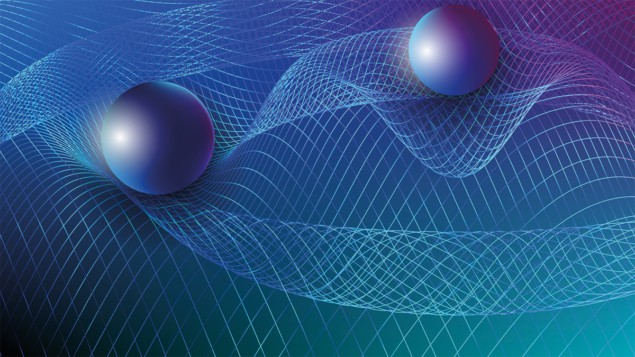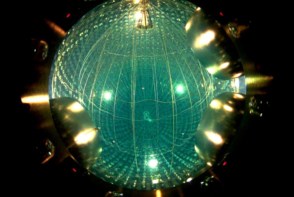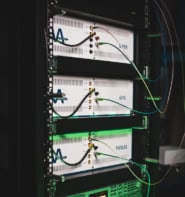
A quantum gravity gradient sensor developed by researchers in the UK has been used outdoors to locate a small underground structure. Using a pair of vertically oriented atom interferometers that are probed by the same laser system, Michael Holynski at the University of Birmingham and colleagues were able to suppress noise in their sensor, thereby overcoming limitations of previous designs.
Variations in Earth’s gravitational field can reveal useful information about what lies underground including the locations of large features such as aquifers and fossil fuels. Gravity measurements could also be used to find smaller metre-scale features such as tunnels, but current measurement technologies are susceptible to vibrational noise – which must be averaged out by taking unfeasibly long measurements.
In the gravity sensor designed by Holyinski’s team, two clouds of ultracold rubidium atoms are held in separate magneto-optical traps that are in an “hourglass” configuration – with one cloud located 1 m above the other cloud in a long, cylindrical vacuum chamber. Each cloud is cooled to millikelvin temperatures and then released simultaneously so the clouds freefall in the vacuum chamber. A sequence of counterpropagating laser pulses is fired at the clouds. This makes each cloud operate as an atomic interferometer that can measure the local acceleration due to gravity. Finally, the difference in local gravity between the two clouds is extracted from the experiment.
As a result, the system operates as a gravity gradient sensor. This is a device that is sensitive to anomalies in the Earth’s gravitational field that are caused by structures such as buildings or underground voids.
Robust against noise
An important feature of the instrument’s design is that the same lasers are used to control and interrogate both atomic clouds. This and the fact that the difference between the outputs of the two atom interferometers is measured – rather than their absolute values – means that the system is robust against many kinds of noise. This includes fluctuations in the lasers, local vibrations and the tilt of the instrument. The compact nature of the instrument also means that it can be effectively shielded against stray magnetic fields.

Sensing gravity, the quantum way
Holynski and colleagues tested their gravity gradient sensor by doing an outdoor survey that was able to map out an underground tunnel at a spatial resolution of 0.5 m. Located on the University of Birmingham campus, the tunnel has a square profile that is 2 m on edge and the roof of the tunnel is about 0.5 m under the surface of a road. The measurement process was very speedy and the team reckon that a similar tunnel could be detected by making 10 measurements over about 15 min.
The researchers hope that their technique could soon be used to map out the world beneath our feet in unprecedented detail. Through further improvements, the sensor could be used in a diverse array of applications: such as charting complex cave systems, measuring the time-varying flow of groundwater, performing non-invasive surveys of archaeological sites, and reducing the risks of unforeseen ground conditions ahead of construction and infrastructure projects.
The research is described in Nature.



